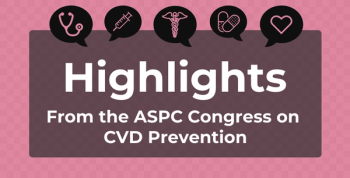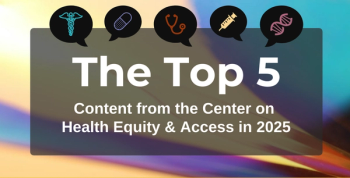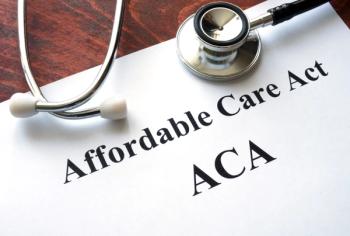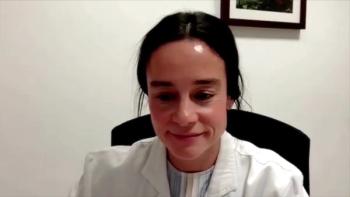Better Food, Better Health: Empowering Members by Confronting Health Care Barriers

UPMC's pilot program reveals how social determinants of health impact food access and blood sugar management, challenging traditional health care assumptions.
Captions were auto-generated.
Continuing our video series on UPMC Health Plan’s “Better Food, Better Health” pilot, in part 2, Audrey Moore, RN, MBA, CCM, and Crystal Clark, MD, MPH, both with UPMC Community HealthChoices, examine how, despite wanting to address persistent chronic disease challenges, the program quickly revealed a crucial paradox: For plan members dealing with
One of the immediate surprises involved basic enrollment and contact. Moore, the program's care manager, explained the challenge of simply reaching participants. "I think one of the immediate surprises was the volume of participants that you need to contact to get them enrolled," she notes. Many participants were transient, she highlights, changing phone numbers frequently, necessitating a significant amount of legwork just to track them down and secure enrollment. Furthermore, once contact was made, there were often other pressing issues before participants could even engage with the nutrition program itself.
An even more complicated barrier arose regarding the physical tools provided to help participants monitor their health, such as blood pressure machines, glucometers, and scales. The team initially assumed that giving people these empowering tools would ensure their use. However, Clark, who is also chief medical officer at UPMC Community HealthChoices, found the reality was far more complex.
She observed that for many, these tools did not feel empowering, and she shared a surprising realization: “What we found, which was surprising, is many of our participants didn't really understand or grasp monitoring their blood pressure, weight, and blood sugar.” She explained that although these metrics are often measured to participants during a clinical evaluation, they are not something the participants particularly own or understand the significance of, so they were not automatically embraced. It took intense effort to help participants understand that incorporating self-monitoring was essential to their overall improvement strategy.
Facing these profound challenges—from basic contact issues to a failure to immediately embrace monitoring technology—the team recognized that the project’s true impact could not be measured solely by traditional clinical data. They had to step back and redefine what success looked like within the context of social determinants of health: achieving health outcomes requires addressing the foundation of a person’s life.
Newsletter
Stay ahead of policy, cost, and value—subscribe to AJMC for expert insights at the intersection of clinical care and health economics.









































